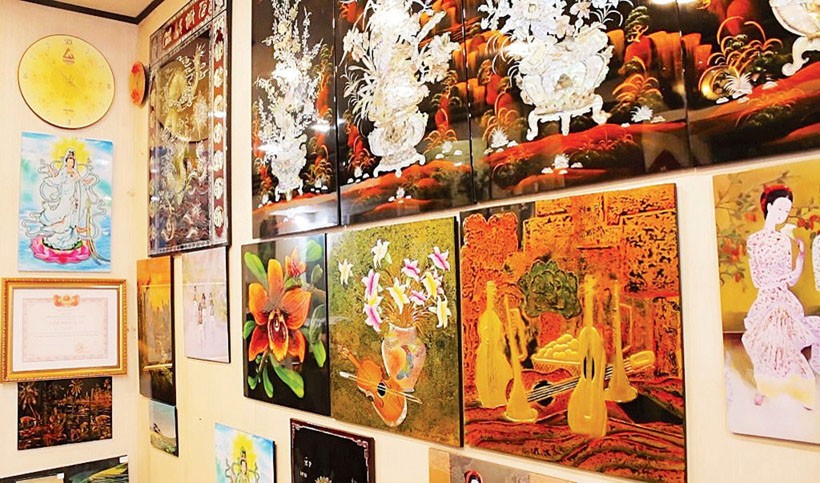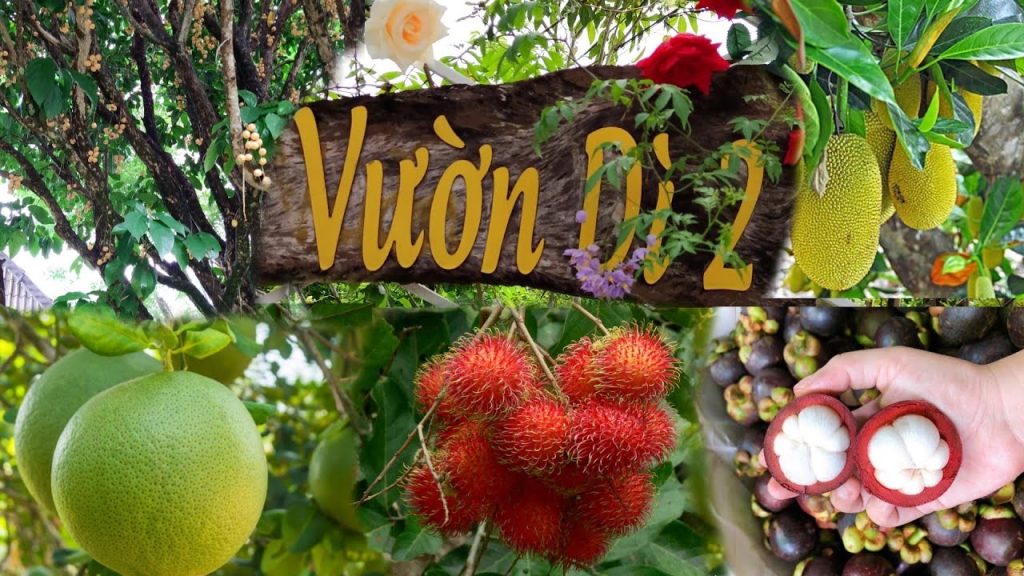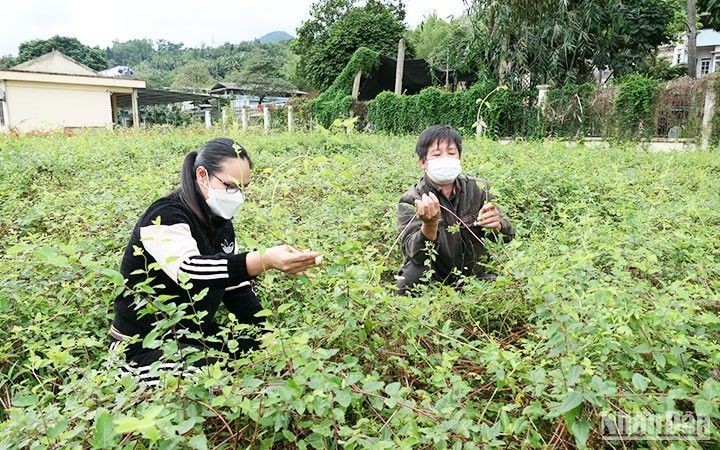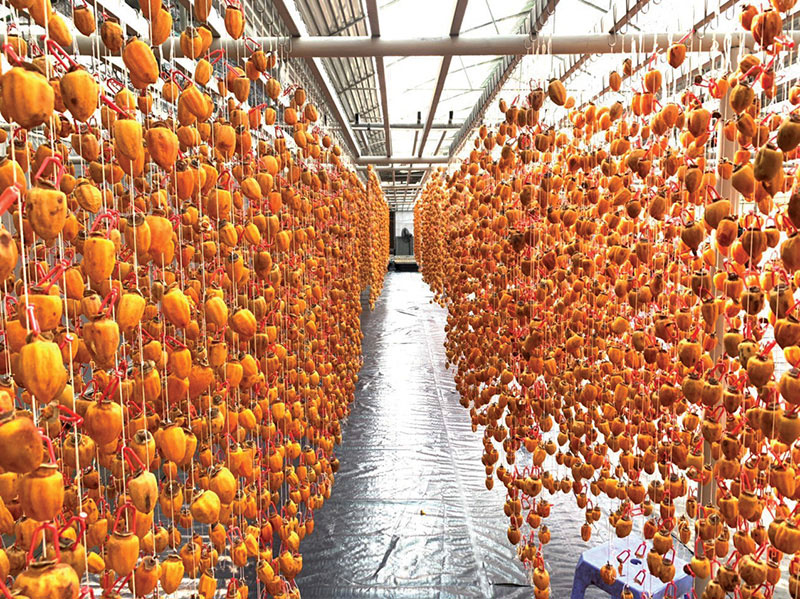(TITC) – In the heart of the rapidly urbanizing Southeast region, Tuong Binh Hiep lacquerware village (Thu Dau Mot, Ho Chi Minh City) shines as a beacon of traditional craftsmanship. It is one of the few places where the values of folk art, the meticulous touch of artisans, and a spirit of creativity are still cherished and passed down through generations. The village is not only home to unique lacquerware masterpieces but also an ideal stop for those who wish to understand a deeper layer of Southern Vietnamese cultural heritage.
The Tranquil Setting of a Traditional Village
We arrived in Tuong Binh Hiep on a mild, sunny morning. Along the village road shaded by tall trees stood tiled-roof houses interwoven with small workshops. The tranquil atmosphere here was in stark contrast with the bustling industrial zones and expanding urban neighborhoods nearby. Despite changes over time, Tuong Binh Hiep has preserved the rustic charm typical of a traditional craft village.
With a history of more than 200 years, the village is renowned for its sophisticated lacquer techniques and diverse products ranging from fine art paintings and folding screens to souvenir boxes and household items such as trays, teacups, and vases. Entering a lacquerware workshop, the first impression is the shimmering blend of gold, red, and black harmoniously layered on wooden surfaces. The scent of lacquer oil, the soft scraping sounds of sanding, and the quiet hum of conversations together create a working atmosphere full of care and passion.

Several lacquer paintings at the Tuong Binh Hiep lacquerware craft village (Ho Chi Minh City).
Photo: langngheviet.com.vn
The Intricate Craft of Lacquerware
Witnessing the process of making a lacquer painting firsthand, one realizes why this craft is considered among the most exquisite. Each product goes through more than 20 meticulous stages: selecting wood, shaping, applying primer coats, inlaying with mother-of-pearl or eggshell, sanding, layering lacquer, and finally polishing to perfection. The artisan must not only possess skillful hands but also an artistic eye, creativity, and above all, patience. Some artworks take months to complete.
Ms. Tu, an artisan with over 30 years of dedication to the craft, shared: “Lacquerware is hard work, but each time I see my products loved and displayed in someone’s home, I feel deeply rewarded.” Her voice grew wistful as she explained that many young people in the village have abandoned the craft for more stable jobs in industrial zones or turned to trading. “The challenge is that handmade products are expensive and cannot compete with industrial goods. Many workshops have had to shut down because they could not cover costs.”
Heritage, Renewal, and Tourism Potential
Nevertheless, devoted artisans remain committed to innovation, blending modern design elements into traditional products. Some workshops have even opened their doors to tourists, offering hands-on experiences such as painting lacquerware and learning about the production process. These efforts signal a promising new path for the village within the broader context of cultural tourism.
In fact, Tuong Binh Hiep lacquerware has been recognized as a National Intangible Cultural Heritage. Yet, for the village to truly thrive in today’s era, greater investment is needed in promotion, brand development, and connections with tourism routes. Above all, attracting the younger generation back to the craft is crucial. Unique handmade products that embody the soul of the land and the spirit of Vietnam still hold immense potential if placed within the right modern platforms.
A Lasting Impression
As I left the village, carrying a small lacquer tray, I felt a lingering sense of attachment. Hidden in every brushstroke and every layer of lacquer is the story of resilient artisans – quietly persevering, yet deeply proud of their heritage.
Tourism Information Technology Center








